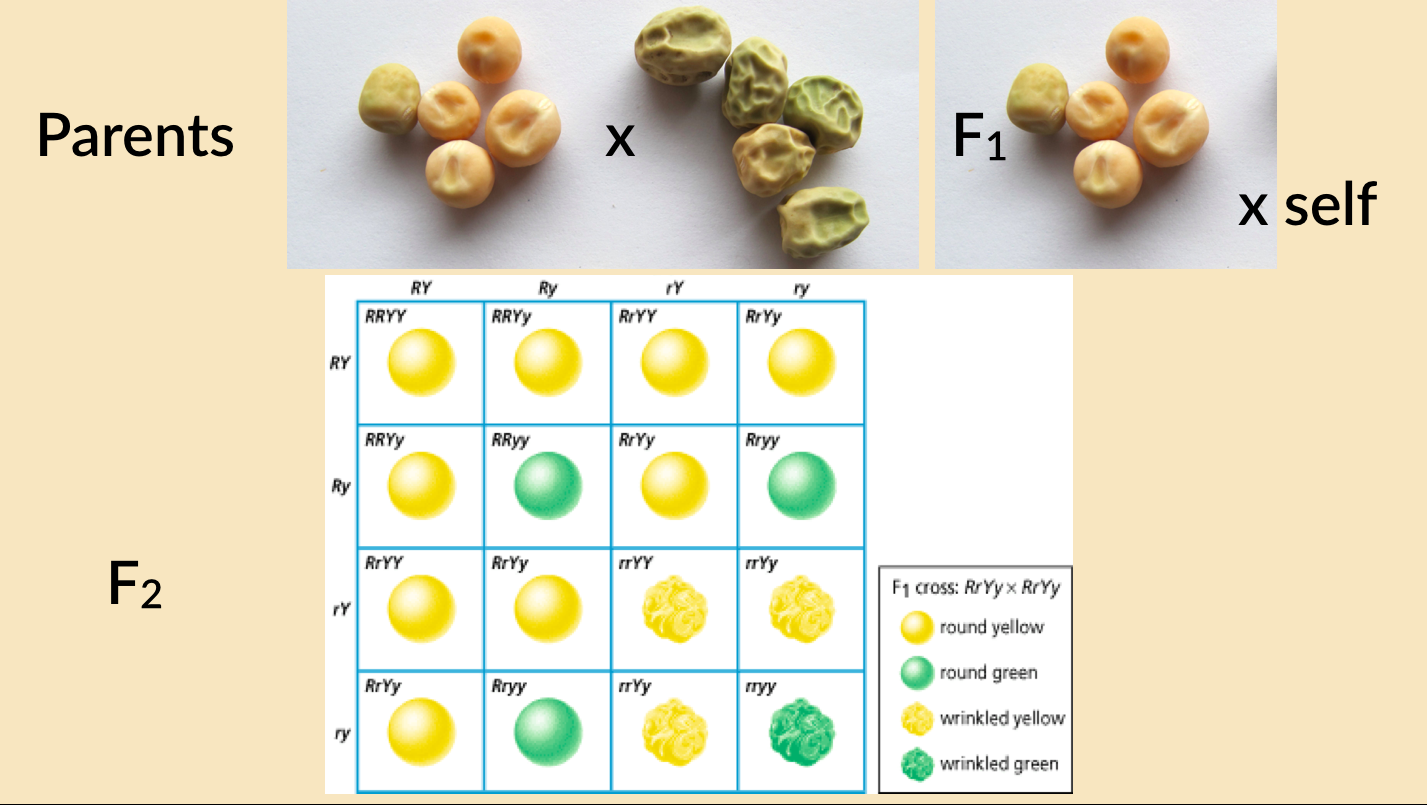

The first part is a recall of Gregor Mendel’s principles of heredity. Mendels law of dominance states that: When parents with pure, contrasting traits are crossed together, only one form of trait appears in the next generation. A dominant allele produces a dominant phenotype in individuals who have one copy of the allele, which can come from just one parent. 1 These principles were initially controversial. Mendels law of dominance states that in a heterozygote, one trait will conceal the presence of another trait for the. Print this quiz for your students to answer. Mendelian inheritance (also known as Mendelism) is a type of biological inheritance following the principles originally proposed by Gregor Mendel in 18, re-discovered in 1900 by Hugo de Vries and Carl Correns, and later popularized by William Bateson. Law of dominance: A dominant gene will express itself over the recessive gene. GREGOR MENDEL’S PRINCIPLES OF HEREDITY – QUIZ (pdf) Answer: Mendel during his study on pea plants stated three laws of inheritance. Sticking to the subject of genetics, the next tutorial looks at sex determination via chromosomes X and Y and some of the genetic traits inherited via these two chromosomes. In light of this, Mendel’s work allowed us to see that there is a degree of genetic inheritance from parents in offspring though modern biology indicates that more factors come into play to determine the final genotype and phenotype of an organism.

However, a degree of randomness is involved, when involving factors such as independent assortment during meiosis and the possibility of genetic mutations (explained in further pages).

The past few pages have elaborated on the work of Gregor Mendel and how his work has paved the way for predicting the characteristics of offspring. The genetic experiments Mendel did with pea. Mendel’s work, his laws of segregation and independent assortment, and try to understand what these mean for genetics and inheritance. 3) The Law of Dominance: An organism with alternate forms of a gene will express the form that is dominant.


 0 kommentar(er)
0 kommentar(er)
